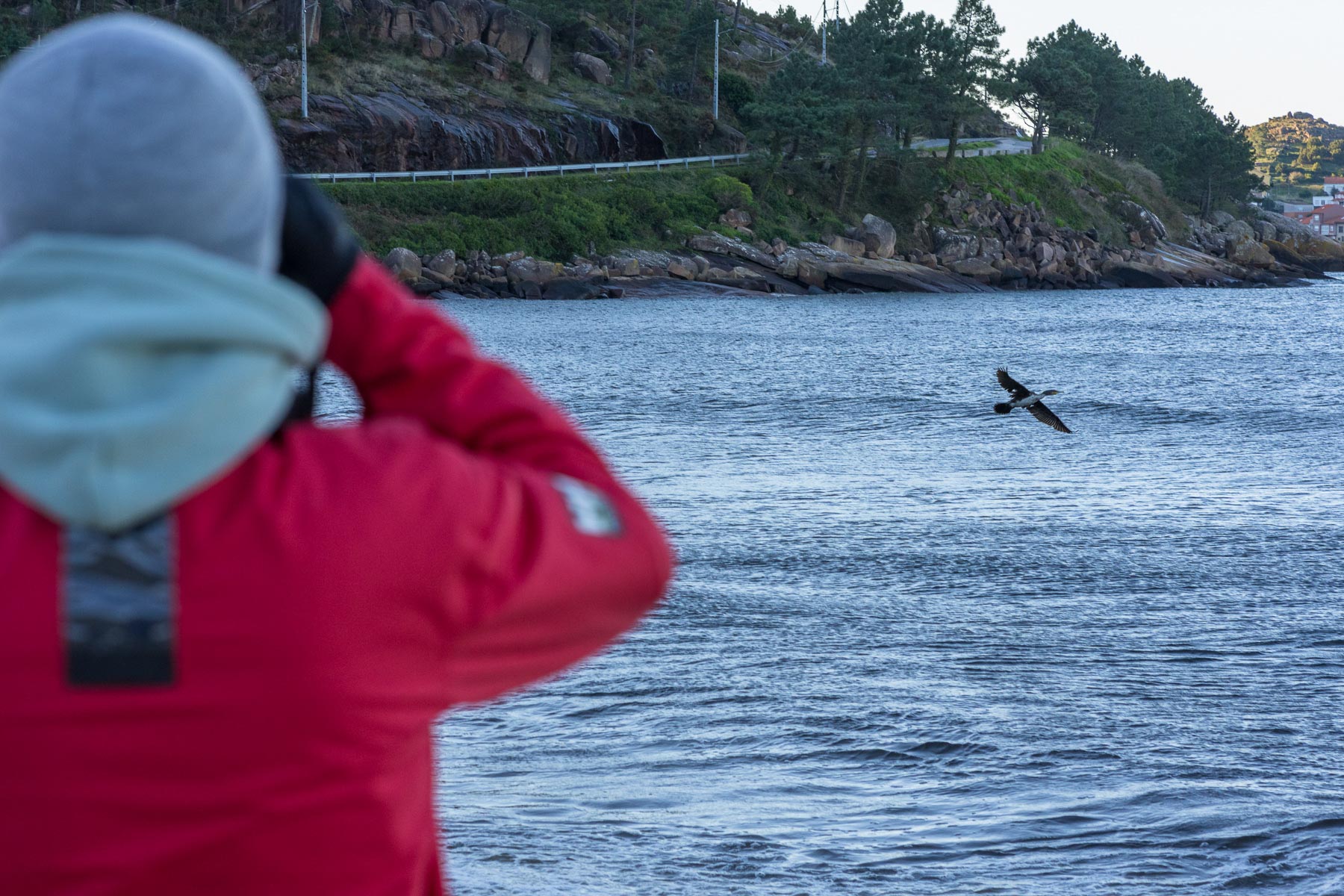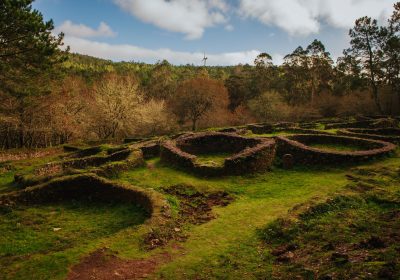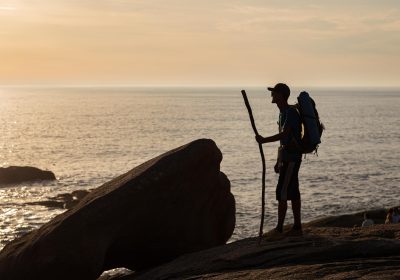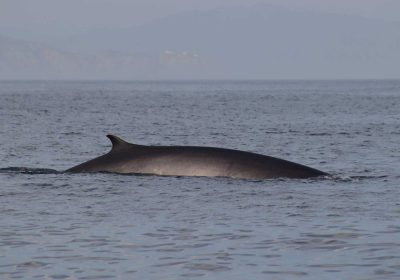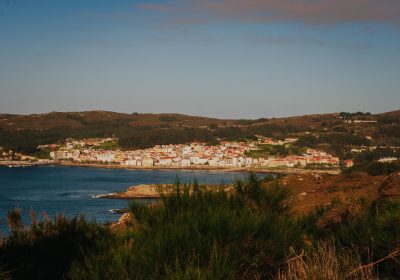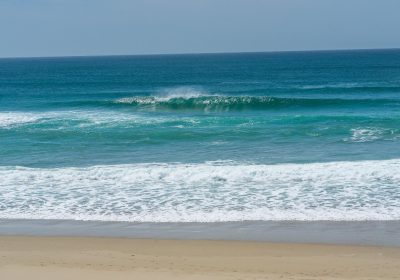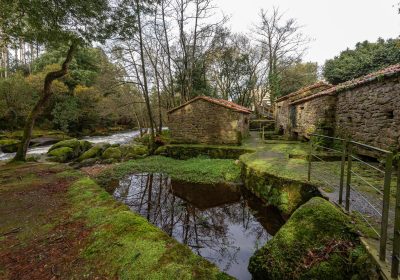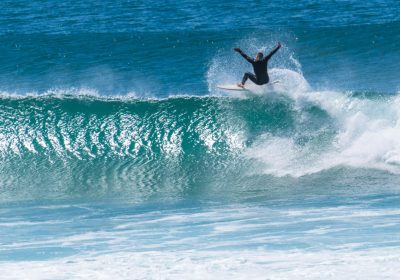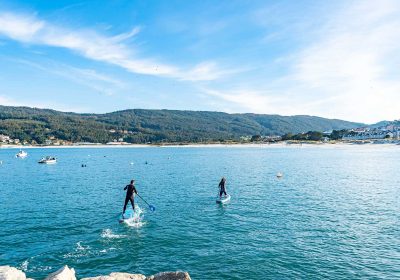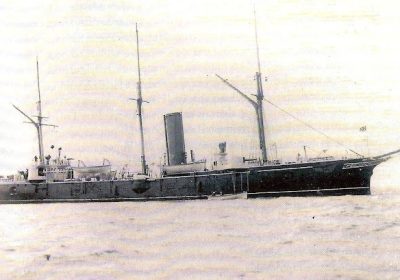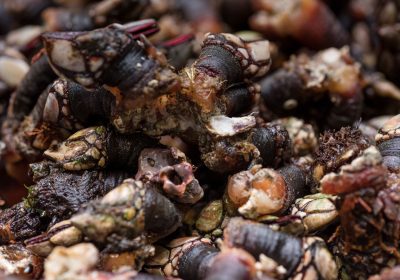Today, we’re going to offer you some photography tips for capturing birds in Costa da Morte. Costa da Morte is a paradise for nature and photography lovers. The region is home to a wide variety of birds that can be photographed in their natural habitat.
Whether you’re a bird photographer or an enthusiast looking to capture the beauty of these creatures in a unique setting, here are some tips to help improve your results.
Know the species and their behaviour
This is probably the most important tip. You need to know the birds that inhabit Costa da Morte and their migratory patterns. Depending on the time of year, different species will be present. It’s also important to know where they are and their feeding routines. With this knowledge, you will be able to more easily capture that stunning shot to print and adorn your living room. To do this, rely on professionals who share information about the area.
From seagulls, cormorants, and gannets to birds of prey, the area is home to a rich biodiversity. Research the habits and behaviours of the birds you want to photograph, whether they’re migrating, in their breeding cycle, or in their feeding season. This will help you anticipate their movements and improve your chances of capturing striking images.
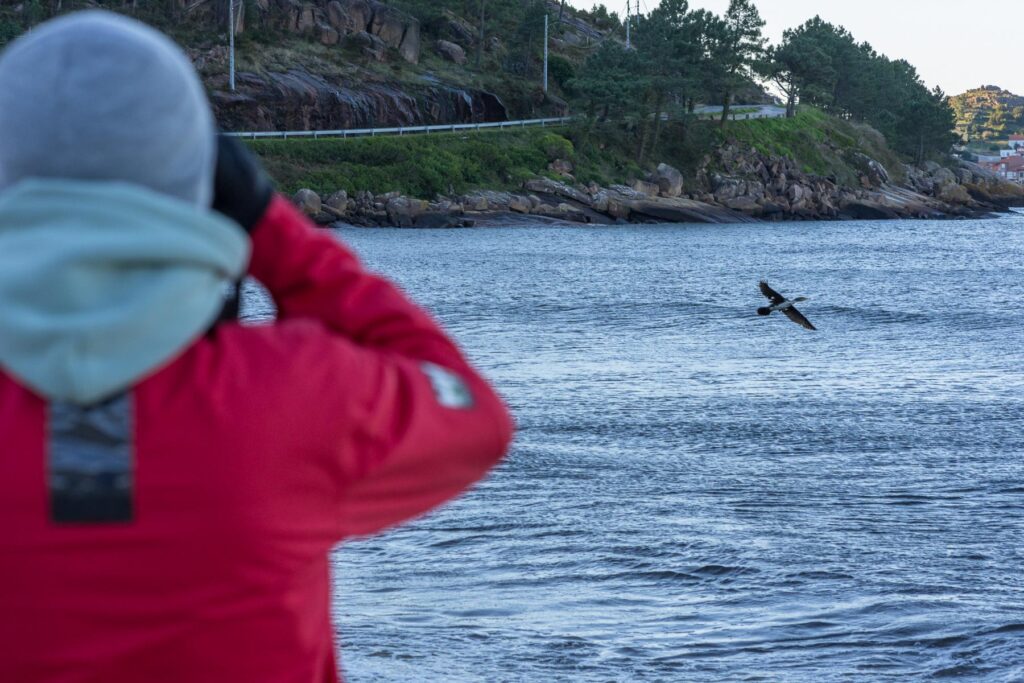
Use the right equipment
To photograph birds, it’s essential to have the right equipment. Your camera should be capable of fast bursts of shots, as birds tend to move quickly. A digital SLR or a mirrorless camera with good autofocus is ideal.
Additionally, you’ll need a telephoto lens with a long focal length, at least 300mm or more, to capture sharp, detailed images without getting too close and scaring the birds. Bringing a tripod to support the camera is also important: while it reduces your freedom of movement a bit, it offers more comfort and stability, which results in higher-quality shots.
Recommended Equipment:
• Cameras: Canon EOS 7D Mark II or Sony Alpha 9.
• Lenses: 300mm or longer.
• Tripod or monopod: To avoid movement and improve stability, especially with long telephoto lenses.
Camera Settings Tips:
• Fast shutter speed: Use at least 1/1000s to freeze the motion of birds in flight.
• Wide aperture (f/4-f/6.3): Allows for a blurred background that highlights the bird and ensures enough light reaches the sensor.
• Adjustable ISO: In low light, don’t be afraid to raise the ISO, but try to keep it low to avoid noise in the image.
• Continuous focus mode (AI Servo/AF-C): Ideal for tracking birds in flight.
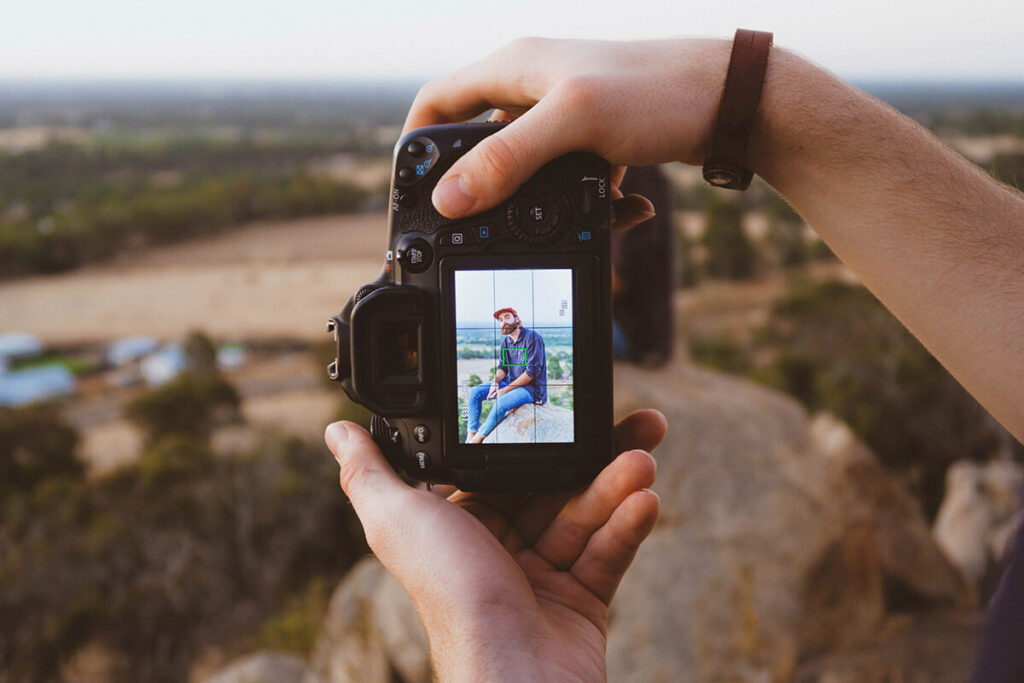
Find the best light
As mentioned, you need to adapt to the birds’ calendar and routine. But within that time frame, you should wisely choose the best light. Any photograph improves significantly with the right lighting:
• Avoid harsh light: Noon sunlight creates strong shadows; instead, opt for the golden hours.
• Photograph with the sun at your back: This illuminates the subject and prevents them from appearing as silhouettes.
Though this advice is there for you to break! Is there a bird you’ve only ever seen at two in the afternoon? Photograph it! Do you feel like capturing a backlit shot with the sun in front? Do it!
The important thing with photography tips is to understand the theory to capture great photos objectively, but also have the creativity to break the rules when your goals are different.
Be creative by including other elements
In this vein, bird photos don’t have to be just of the bird you’ve spotted. Using other elements provided by nature can be a great way to create a good photo. For example, include branches, leaves, or flowers in your frame.
Also, experiment with the angle of your photos. Take shots from ground level. This will offer a natural and appealing angle.
Be patient and do not claim attention
Bright colours can make you the centre of attention, and that’s the last thing you need when photographing wildlife. Wear neutral-coloured clothing to blend in with the surroundings.
At the same time, you’ll need to be patient and remain still for long periods. In silence. The best bird photograph isn’t always taken by the best photographer, but by the most patient one.
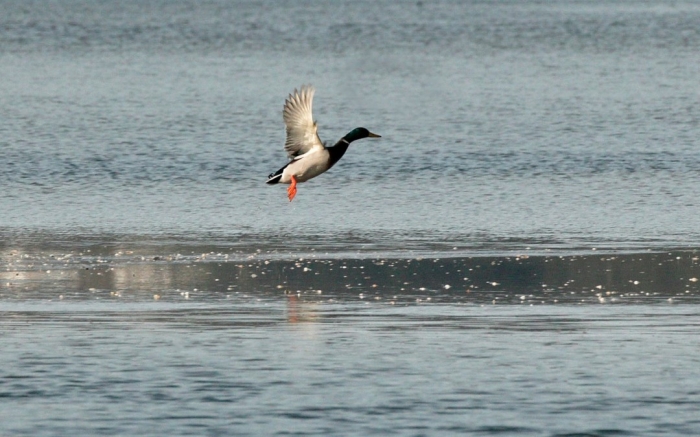
Photographing birds in Costa da Morte is a rewarding and challenging experience that requires patience, technique, and knowledge of the natural environment. By following these tips, you’ll be able to capture the beauty of birds in one of Galicia’s most spectacular landscapes.
Whether you’re looking to capture a seagull in mid-flight over the sea or a gannet in its natural habitat, Costa da Morte will offer you unparalleled photographic opportunities. Get your equipment ready, observe, and get prepared to capture the magic of the Galician birds!
When you upload your photos to Instagram, don’t forget to tag us @visitacostadamorte

